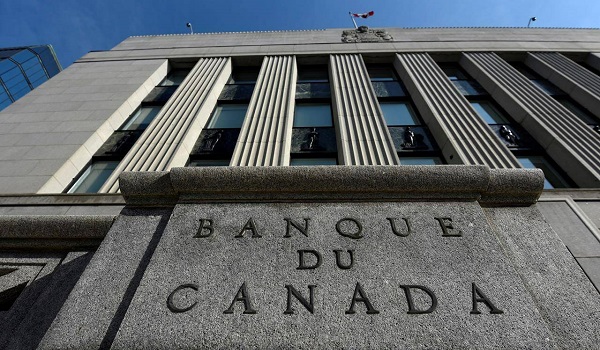There’s no sign that interest rates are going back to their pre-COVID lows
Last week, Bank of Canada senior deputy governor Carolyn Rogers took to a podium in Vancouver to deliver a wake-up call to Canadian consumers and investors.
“We’ve all been through a lengthy period of very low interest rates,” the central bank’s No. 2 official said. “And it may be tempting to believe the low rates that we all got used to will eventually come back. But there are reasons to think they may not.”
“It’s not hard to see a world where interest rates are persistently higher than what people have grown used to.”
There’s a temptation to lament for the good old days. But was that era of ultralow rates really so good? Frankly, we may be better off consigning it to the history books.
Before the rapid run-up of interest rates over the past year-and-a-half, the world’s central banks had spent most of the prior decade worrying about interest rates that were chronically too low. From mid-2009 through mid-2022, the Bank of Canada’s policy rate never exceeded 1.75 per cent; for all but about two years of that 13-year span, it didn’t top 1 per cent.
From a monetary-policy standpoint, these barely-above-zero rates posed a serious problem. Interest rates are a central bank’s main weapon – in most times, only weapon – to combat economic shocks. Standard procedure to cushion a fall, and to help lift an economy out of a slump, is to cut rates.
But when there’s little to no room to cut, central banks can quickly find themselves out of ammunition to deal with a recession.
One alternative – which the Bank of Canada, among others, had little choice but to employ during the COVID-19 recession – is quantitative easing (QE). This is when a bank puts downward pressure on interest rates by purchasing bonds in the open market, greatly expanding its balance sheet in the process. (The Bank of Canada increased its balance sheet by more than $450-billion, a near quintupling in size.)
Balance-sheet expansions are, historically, considered inflationary; there are certainly people who have argued that this huge and rapid balance-sheet expansion contributed to the inflation problem that arose in the wake of the pandemic recession.
At the very least, it’s fair to say that the QE, and its repercussions, are harder to gauge and manage for central bankers than interest rates – that is, if those bankers have sufficient rate room to work with. At the time of the recession, there simply wasn’t.
The extended era of low rates certainly provided a source of ultracheap money for households – they could borrow at remarkably low cost to finance any number of purchases, including homes.
Perpetually low rates helped feed a frenzy in real estate that set the stage for the housing crisis that the country is now going through. They also helped the national household-debt-to-disposable-income ratio balloon to a record 185 per cent by the time the Bank of Canada started raising interest rates last year.
These high debt loads – the worst in the G7, and in the bottom quarter in the 38-member Organization for Economic Co-operation and Development – have left the Canadian economy highly exposed to the impacts of rate increases. This may be a key reason why Canada’s economy is badly underperforming that of our U.S. neighbour this year, as Canadian consumer demand has run into a wall of debt and high borrowing costs.
When Ms. Rogers and other officials at the Bank of Canada raise the prospect of a higher-rate future, we should be clear what they’re talking about. It’s not borrowing costs rising even higher than we have today, and staying there. It’s a range for the bank’s policy interest rate, over the longer term, that’s higher than the one per cent to two per cent that we got used to – rain or shine – for more than a decade.
How much higher? That’s hard to nail down, but the midpoint – or “neutral rate,” as central bankers call it – might be more like three per cent or 3.5 per cent. The policy rate will certainly come down from the current five per cent, and depending on economic conditions, will reside below that neutral level from time to time. But its range will be higher than what we had grown accustomed to.
The low rates of the 2009-22 period were not only unusual, they were unhealthy. The re-establishing of a more normal range will give the central bank much more room to manoeuvre in applying rate policy, and more capacity to stimulate the economy with rate cuts in times of severe downturns. It will also provide a more meaningful price for debt and reward for savings, raising the prospects for the return of a healthier balance in household finances.
Frankly, a range of interest rates that is more responsive to underlying economic conditions – rather than stuck near its floor for more than a decade – would be an improvement in itself, regardless of where that range lands.
Low rates were a self-destructive party that went on for far too long. Yes, as Ms. Rogers said in her speech, consumers and investors have to prepare for a rate future that doesn’t look like the past. But we needn’t fear it. This is not bad news.
This article was reported by The Globe and Mail
















